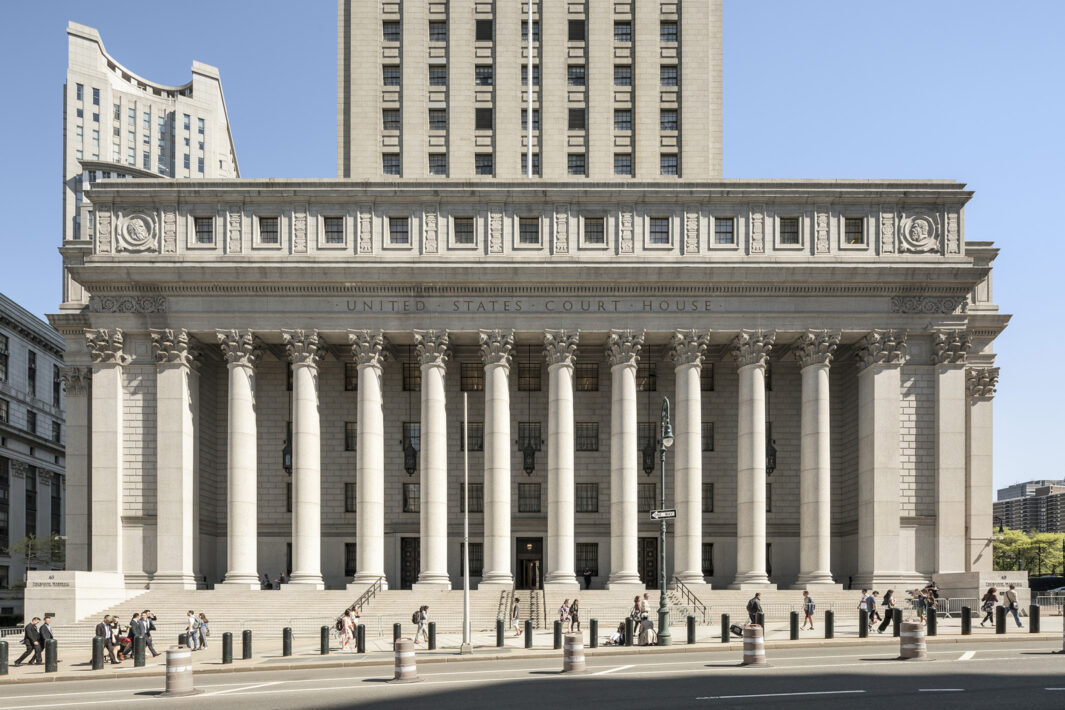If you were the victim of sexual abuse or assault, either as a child or an adult, you have the right to bring a civil lawsuit against both your abuser and any school, company, or organization that might be liable for the abuse.
In this post, we will provide a brief overview of sexual abuse lawsuits in New York. We will explain the applicable statute of limitations for sex abuse civil cases in New York and the potential settlement value of these cases.
If you have a New York sex abuse claim, contact us today for a free consultation at 800-553-8082.
 Lawsuit Information Center
Lawsuit Information Center




